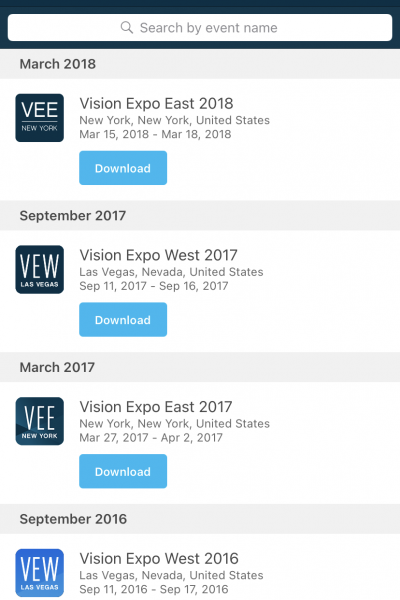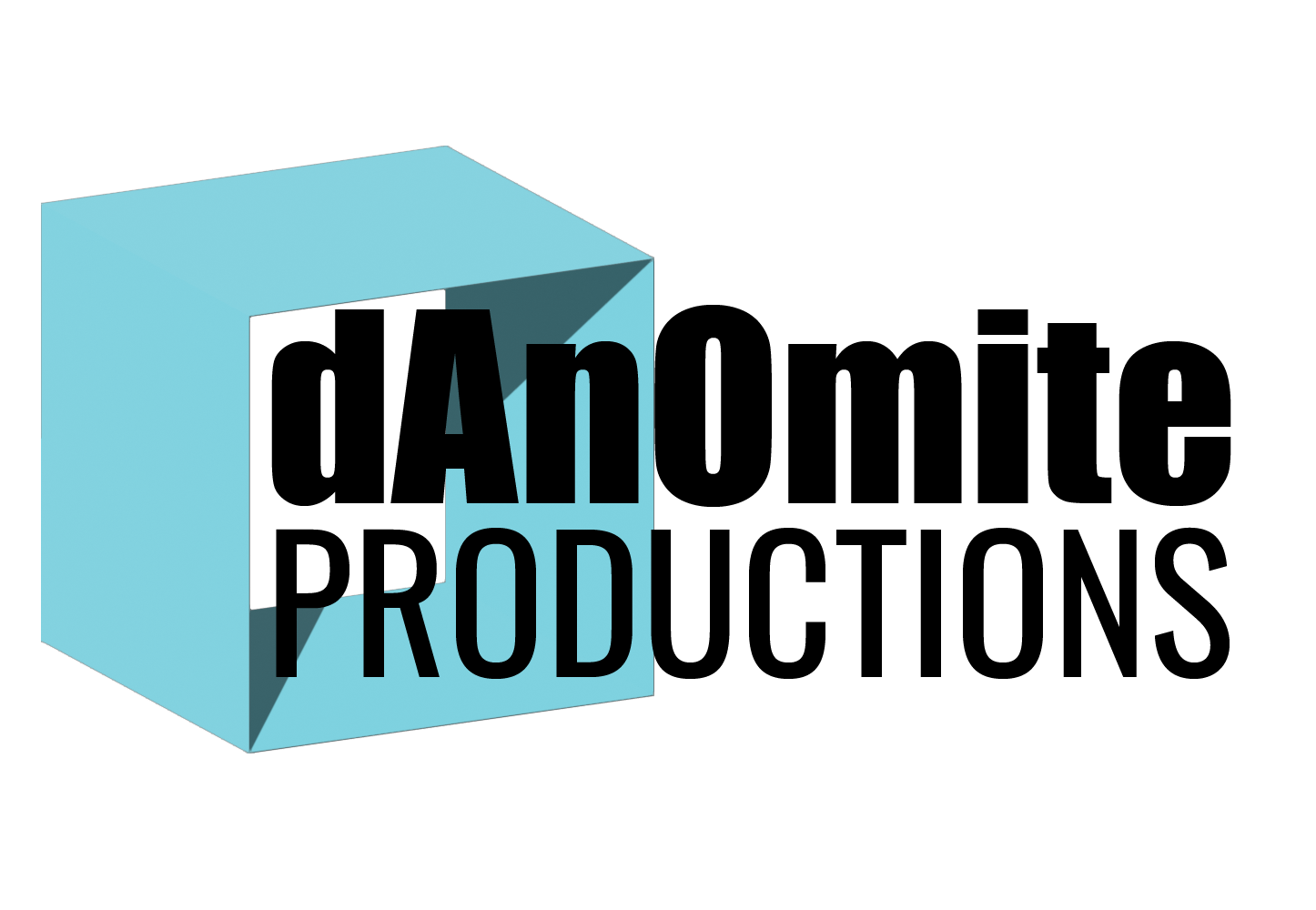Changing the Way Business Communicates

It’s hard to change a company culture that’s been around more than sixty years. Listening and testing go a long way toward winning the hearts and minds of stakeholders.
After sixty years of industry success, this company was having some operational challenges. As a company, they’d grown into five distinct lines of business. Each vertical had its own direction, sales strategies and goals.
Each line of business had the same client base, optometrists. But, the market wasn’t hearing from a single company. The verticals weren’t unified as a business and their messages were often contradictory. Sales reps from each business would visit the same doctors in the same week or even the same day. Inundated with sales calls and frequently conflicting messages, doctors were turning to other businesses. Competition in the market was stiff and this company needed some help.
As an independent communications project lead, I worked with each of these separate lines of business. I spoke with stakeholders across the verticals. I interviewed field sales reps and marketing department heads. I even visited clients. From this, we devised and developed new communication tools and strategies.
With my research and discovery work, I was able to devise and justify the expense of creating new tools. We found common ground in CRM platforms, corrected data sharing pitfalls and deployed new communications tools with minimal investment. Through design-thinking sessions in which we put users – sales people, in this case – first, we identified key pain points for them and aligned these with trouble spots for marketing departments and sales leadership.
One of the first steps in adopting new communications strategies was a mobile app. Sales reps in the field and at trade shows regularly used phones and tablets for sales and communications. They all connected to their separate CRM instances via apps and sent texts and emails for leads and referrals. Modifying and repurposing an events app originally designed for event attendees, my team was able to transform sales communications and stream line the lead and referral processes with great success.

Launching at one of two critical seasonal trade shows, the app proved to be a huge success at bridging the lines of business. From the first launch, we earned interest in our work. In two years, the app went from twenty-five percent adoption to nearly eighty percent usage, even with a user based which considered themselves (in interviews) as “less than savvy” technically.
With my team, we surveyed users to gain trust and learn of their concerns. From the launch of the app we were able to capitalize on the enthusiasm of the product and develop subsequent applications in the Salesforce CRM which allowed for cross-line-of-business communications and eventually shared sales goals, initiatives and resources. No longer were sales consultants deployed in the field with outdated communication. We leverage common technologies to innovate and share data and resources with more efficiency.
As an advocate for the users and as a champion for the success of each line of business, I was able to bridge a communication gap that had been built and truly fostered for more than sixty years. We enabled sales people to communicate more effectively by leveraging existing technologies and launching quickly with minimal expense. Continued communication and an openness to testing and tuning products led to quick adoption and a newfound trust in emerging and established technologies.
Since the global pandemic, these same “less-then-savvy” sales people have gone fully digital, leveraging apps with with even more confidence and success.
